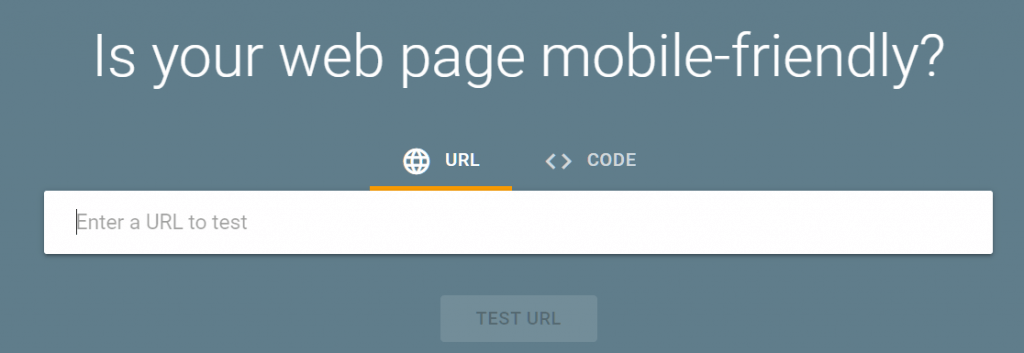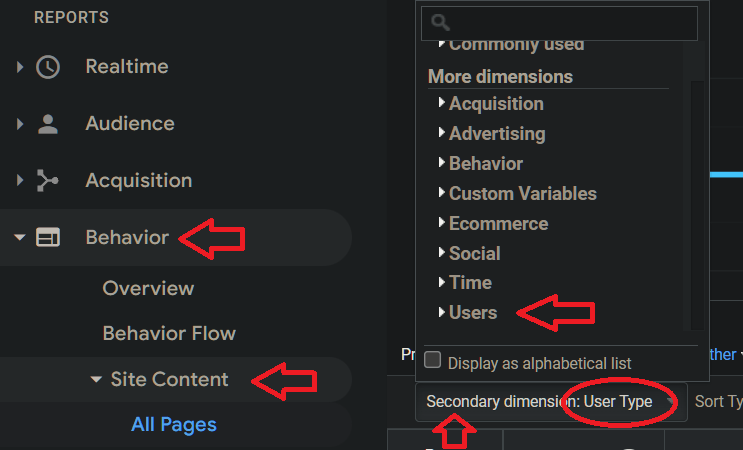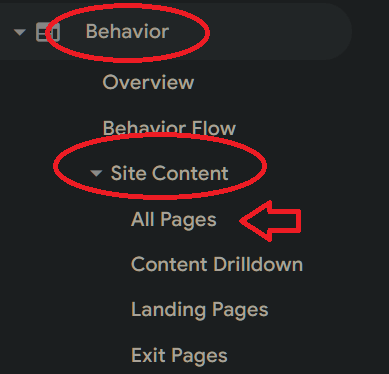Quick Links
Are you a new blogger still trying to figure out how often you should blog?
SEO experts agree that blogging frequency should be anywhere from two to four times per week, depending on your company size and industry.
At a maximum, a post every day is more than enough to maintain a good content marketing strategy. In fact, bloggers who publish more often are more likely to report “strong results”
The remaining article will explain and explore how often you should blog, what blogging accomplishes, the life cycles of a blog post, and everything else you need to know about blogging.
Ready to learn?
Let’s start with what blogging can do for your business:
What Does Blogging Accomplish?
You may be wondering what your business can accomplish by putting hard work and time into blogging and maintaining a posting schedule with an editorial calendar.
Many businesses agree that blogging holds value to their digital marketing strategy. In fact, 77% of bloggers report that blogging drives big results.
Here are a few other benefits of creating blog content:
- Posting frequency helps you rank in SERPs
- Helps you become a thought leader in your niche and boosts brand awareness
- Helps bring in website traffic
- Helps you engage with your audience
Businesses use blogs to help their website rank in search engines and to accomplish providing information that addresses pain points and questions.
The more helpful, informative, and otherwise great content you have on your website, the more Google will view your website as an authoritative source.
Blogging Tips
Here are a few SEO basics you can implement into your blog right now:
Use long-tail keywords
Long-tail keywords are longer and usually more specific keyword phrases that visitors are more likely to use when they’re ready to purchase. Most long-tail keywords have a lower search volume but a higher conversion rate.
The best way to use long-tail keywords is to group them into clusters that all have the same type of search intent and write a blog post that targets all of them individually.
A few examples of long-tail keywords would be, “dentists offices near me” or “buy running shoes near me.”
Keyword research is a huge part of SEO and something you can focus on now. Try out The HOTH’s Google Keyword Planner to help get you started!
Keep a blogging schedule
Maintaining a blogging schedule can help your audience grow and get better results from every post.
Here are some helpful steps to begin your blogging schedule:
Step 1: Start by defining your goals
Step 2: Map out your schedule using apps like ClickUp or Asana
Step 3: Keep up with your schedule
Step 4: Measure your results
Optimize your blog for mobile devices
Google states that more than 50% of search queries come from mobile devices.
With that said, here’s how to optimize your website for mobile devices:
- Test your website using Google’s Mobile-Friendly tool
- Use a responsive WordPress theme (responsive WordPress themes mean that regardless of screen size, the website will fit the screen and present it clearly)
- Keep your website secure
- Declutter your pages
- Improve your website’s page speeds
- Make sure your pop-ups work for mobile as well as desktop
Optimize your on-page SEO, include images, and internal links
Search engines such as Google tend to value visuals for keywords. Images and videos are among the most common visual displays that will appear on SERPs.
To be able to achieve a spot in an image pack or a video snippet, you will want to design graphics, use original pictures and videos, and add good descriptive alt text to every visual in your blog post.
Here are a few ways you can do this:
- Crawl your website
- Conduct an SEO audit
- Update your URLs, page titles, and meta descriptions
- Make sure your keyword is in your URLs
- Include your keyword throughout your page but don’t keyword stuff
- Track and measure your keywords and topics
Furthermore, meta descriptions, alt-text, and other elements of technical SEO are required to be able to rank highly in SERPs. If that is your goal, learning the ins and outs of search engine optimization may be required.
Here are a few other valuable content tips for blogging:
Blog post frequency: how often should you blog?
A daily post or creating a publishing schedule on a daily blog with fresh content is a good practice for large businesses or companies trying to rank in SERPs.
However, a new blogger or small business that is just starting out should focus on quality posts rather than the number of posts in a week. Creating high-quality content is just as important if not more as blog post frequency.
Experts suggest publishing relevant content on a new blog post at least once a week for new bloggers or small businesses.
Larger companies may have the time and resources to post quality blogs on a daily basis.
Blog post length
To be realistic, there is no official “Google Approved” length for blog posts.
Although industry leaders such as Yoast believe that your blog shouldn’t be less than 300 words. Furthermore, a HubSpot study states that writing longer posts should be the rule to blog posts rather than an exception.
In fact, Neil Patel recommends the sweet spot of an average blog post to be anywhere from 1,400 to 1,900 words.
Additionally, another Hubspot study found that 73% of people admit to skimming blog posts while only 27% read the entire post thoroughly.
Blog posts should be easily read but long enough to answer any questions a reader might have.
Post high-quality content
High-quality content is any content that is informative, authoritative, and engaging for your audience. This kind of content can help you earn more backlinks while also boosting your trustworthiness in the eyes of your audience (and Google).
How do you know you have a piece of high-quality content?
- It answers your target audience’s questions
- It’s engaging and easy to read
- It’s optimized for search engines
Repurposing old blogs
If you have any old blog posts that are not getting any traffic hits, you can reuse them.
Here are a few tips for repurposing old blogs:
- Turn it into a podcast episode
- Use it as a script for a video
- Turn your blog content into ebooks
- Break it down and use it for posting on social media
- Repurpose your old blog posts into guest posts
- Optimize and repost with fresh information
How to Get Content Ideas
You can use these methods to come up with your next new video.
Here are some great tips to help you find content ideas:
- Create topic lists
- Find content gaps
- Search through blog comments and questions
- Conduct interviews
- Look at your competitors’ websites
- Answethepublic and other Google search suggestions
- Recent reviews
- Questions on your product reviews
The average lifespan of a blog post
There are many factors that come into play, however, a recent study done by ContentHacker found that the average lifespan of a blog post can be up to 2 years.
Compared to other platform lifespans:
- Twitter: 15 – 20 minutes
- Instagram: a few days
- Pinterest: a few months to a year
- TikTok: a few minutes
- Youtube: a month
With that said, depending on your content type and platform, the lifespan of a post can differ greatly. That’s why it’s so important to keep your content optimized for the right platform. For example, if you use the same Twitter strategy for your blog, it may not turn out as successful as you would hope.
How to Track Your Blog Posts
By keeping track of blog metrics, you will gain the insights you need to add context to your traffic data which will help you make more informed data-driven decisions.
How do you measure the success of a blog post?
- With pageviews
- average time spent on a page
- average pages per session
- returning visitors
- conversion rates
Google Analytics can help you keep track of your blog posts’ metrics. This method can help you keep track of which blog posts are performing well and which ones need some work.
In Google Analytics, traffic is counted as “page views.” This is the number of times your individual blog post has been viewed.
Here’s how to find pageview data on Analytics:
- Click on Behavior > Site Content > All Pages
There you will be able to see your pageview data for every webpage on your site.
In the same area you looked at “page views” you will find the average time spent on a page or (dwell time). There you can see how long someone lingered on a piece of content.
Additionally, Analytics will show you the average pages someone visited per session. This will tell you how many pages of your site in total someone viewed on their visit.
Finding where your returning visitors are for your blog posts in Google Analytics is a tad more complicated. However, you should keep an eye on this metric because it affects your conversion rates.
- Behavior > Site Content > All Pages
- Click the “Secondary dimension” and select “User Type”
By doing this, you will add another column to your report that shows you the type of user either returning or new for each page of your website.
Outsourcing
Let me be honest here, blogging can be really hard. In fact, 88% of businesses that do outsourcing pay people to write for them.
If you’re feeling overwhelmed just reading this article, one of the questions you should ask yourself is, “is it time to start outsourcing my blog?”
A 2020 report found that 84% of business-to-business (B2B) marketers are outsourcing their content creation. So, you aren’t alone!
There are some things to consider when deciding whether outsourcing is right for you:
The main points you should consider would be the relationship with your readers, the content writer you need, your budget, and if working with a ghostwriter would be right for you.
Outsourcing can be a freelancer or an agency such as The HOTH Blogger. Agencies like these offer highly-vetted and trained expert blog writers to write your blog content for you.
To Summarize
Now that you can answer the question “how often you should blog?”, you can grow your content production exponentially.
Want some help? Book a call with an expert now!
HOTH Blogger uses keyword research and SEO best practices to craft blogs that drive traffic. Outsourcing can be intimidating, that’s why The HOTH does it for you with results you can trust.
We designed this product with all the above principles in mind based on our experience working with thousands of publishers over the last few years.
Sign up for free and start using our free SEO tools and resources!












Awesome article. Thank for the tips I would really keep over my mind and try getting the best of the articles from my writers
Great article Clayton. I really enjoyed the first point… So funny but so true. And it goes for everything. I can’t count the number of times a client expects me to know what they are thinking.
Another great article thanks. Content writing looks simple but it’s a hard one and your hack definitely helps.
great!!
I appreciate the useful information.
Thank you for the informative content
Great article
Thank you for taking time to post this!